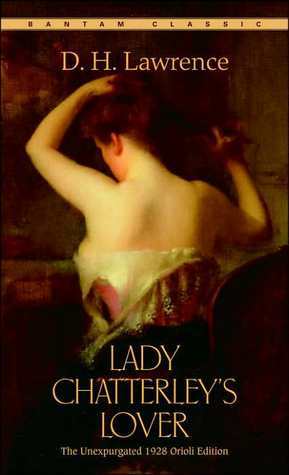Introduction
Lady Chatterley’s Lover, published in 1928 by D.H. Lawrence, remains one of the most controversial and discussed novels of the 20th century. Initially banned for its explicit sexual content and frank discussions of intimacy, the book has since been recognized as a profound exploration of human relationships, class struggle, industrialization, and existential philosophy. The novel follows Constance (Connie) Chatterley, a woman trapped in a sterile marriage with Sir Clifford, a paralyzed aristocrat, who finds emotional and physical fulfillment with Oliver Mellors, the estate’s gamekeeper. While the book’s notoriety stems from its sexual explicitness, its deeper themes of existential meaning, societal decay, and personal liberation make it a timeless literary work.
Plot and Themes
The novel is set in post-World War I England, a time of social upheaval and industrial expansion. Connie’s marriage to Clifford Chatterley is devoid of passion—both emotionally and physically—due to his war-induced paralysis. Clifford, though intellectually alive, is emotionally detached, prioritizing his estate, Wragby, and his industrial pursuits over his wife’s needs. He even suggests that Connie take a lover to bear an heir, assuming she would choose someone of their own class. However, Connie’s affair with Mellors, a working-class man, defies these expectations, leading to a relationship that is as much about emotional awakening as it is about physical desire.
Lawrence uses this relationship to critique the dehumanizing effects of industrialization, the rigid class system, and the repression of natural instincts. The contrast between the mechanical, soulless world of Clifford’s mines and the organic, sensual connection between Connie and Mellors underscores Lawrence’s belief in the primacy of physical and emotional authenticity.
Existentialism and Human Meaning
One of the most striking aspects of Lady Chatterley’s Lover is its existentialist undertones. The novel can be read as a meditation on self-determined meaning in a purposeless world. Clifford represents the futile adherence to societal expectations—wealth, status, and intellectualism—while Connie’s journey reflects existentialist liberation. She rejects prescribed roles (dutiful wife, aristocratic lady) and instead seeks fulfillment through her relationship with Mellors, embracing passion and individuality over societal norms.
Lawrence’s philosophy aligns with existentialist thought: if life has no inherent meaning, individuals must create their own through authentic experiences. The novel’s explicit sexuality is not gratuitous but serves to illustrate the purity and necessity of human connection in a world increasingly dominated by cold rationality and industrial alienation.
Controversy and Literary Merit
The book’s graphic language and depictions of sex led to its censorship and legal battles, particularly in the UK, where it was banned until 1960. However, Lawrence’s intent was never to titillate but to normalize and celebrate physical love as a vital, wholesome aspect of human existence. Unlike the grotesque or oppressive sexuality found in other modernist works, Lady Chatterley’s Lover presents sex as a natural, even sacred, act.
The novel’s stylistic evolution is also noteworthy. The first half is dense with philosophical musings and societal critique, while the latter half shifts into a more intimate, lyrical exploration of Connie and Mellors’ relationship. Some readers may find the pacing uneven, but this structure reinforces the contrast between sterile intellectualism and visceral, lived experience.
Feminist and Class Perspectives
From a feminist standpoint, Connie’s journey is one of self-liberation. Trapped in a patriarchal marriage, she reclaims agency through her affair, defying the expectations placed on women of her class. Similarly, Mellors’ working-class background challenges the rigid hierarchies of early 20th-century England. Their relationship, though fraught with societal obstacles, symbolizes a rejection of oppressive structures in favor of genuine human connection.
Conclusion: A Timeless Masterpiece
Lady Chatterley’s Lover is far more than a scandalous romance—it is a profound critique of modernity, a celebration of human intimacy, and an existential manifesto. While its initial reception was mired in controversy, its themes of authenticity, freedom, and the search for meaning remain deeply relevant. The novel’s true power lies in its ability to challenge readers to reconsider societal norms and embrace a more honest, passionate way of living.
For those new to D.H. Lawrence, this may not be the easiest entry point—his earlier works provide useful context. However, Lady Chatterley’s Lover stands as a bold, thought-provoking masterpiece that rewards careful reading and reflection. Whether approached as a love story, a social critique, or an existential exploration, it remains a vital and enduring work of literature.
